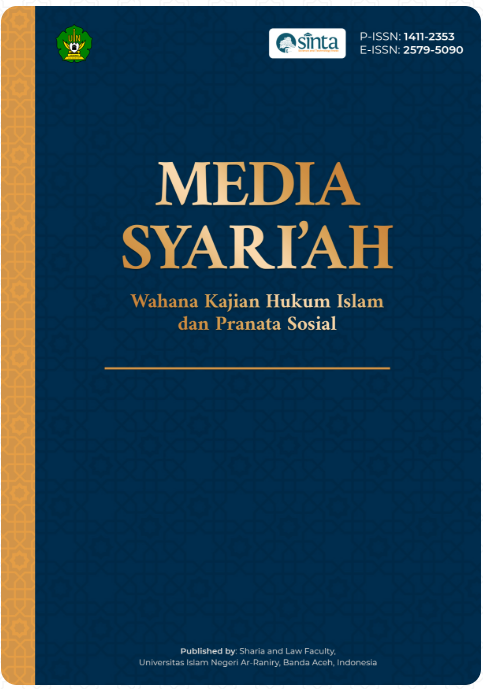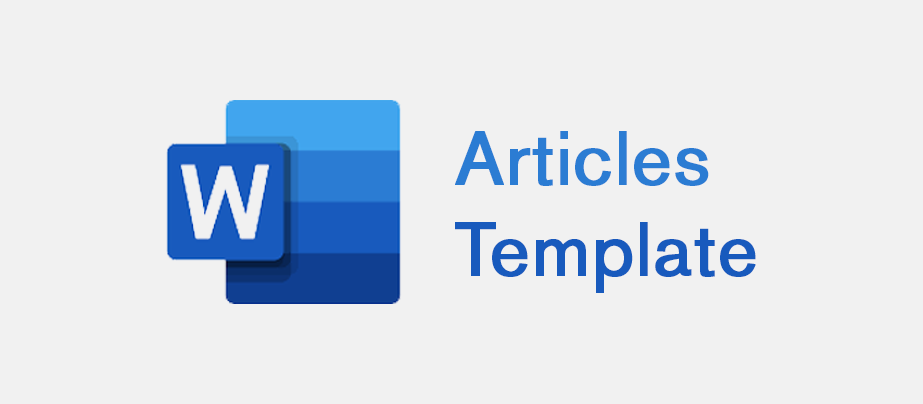Women Who Wear the Face Veil: Following Trends, Influenced by Studies, or Covering Their Aurat?
DOI:
https://doi.org/10.22373/jms.v25i2.17286Keywords:
Cadar, hukum Islam, BudayaAbstract
The Islamic perspective on the veil is bound and limited by the concept of aurat. Some scholars view the face as not part of the aurat, therefore the face does not have to be covered with a veil. Others see and conclude that the face is a woman's private parts, so it is mandatory for women to cover their faces with a veil. Cultural, social and political perspectives also follow the veil trend in society. This research aims to look at the motivation for using the veil as practiced by students at the Faculty of Sharia and Law (FSH) UIN Ar-Raniry. Next, these motivations are analyzed with a review of Islamic law and culture. The determination of locus is because FSH students are well-known (familiar) with legal matters, so the use of the veil should at least be considered based on a scientific approach. Apart from that, we want to get a detailed and detailed picture of the laws of the veil and the various responses to its use in society. There were ten female students who wore the niqab who were interviewed for several different reasons. The results obtained are related to the motivation to use the veil among students because (1) they follow along with seniors without knowing the reasons and urgency in more depth; (2) often take part in studies, because wearing the veil is understood as sunnah and is inspired by other people.
References
Abd Al-Halim Abu Syuqqah, Tahrir Al-Ma’ah fi ‘Ishri Al-Risalah, Penerjemah: Chairul Halim, Jakarta: Gema Insani Press, 2001.
Abd Al-Karim Al-Rafi’i, Al-Aziz Syarh Al-Wajiz, Beirut: Dar Al-Kutb Al-‘Ilmiyyah, 1997.
Abdullah bin Hijazi bin Ibrahim Al-Syafi’i, Hasyiyah Al-Syarqawi, Beirut: Dar Al-Kutb Al-Ilmiyyah, 1997.
Abi Bakr Al-Qurthubi, Jami’ li Ahkam Al-Qur’an, Penerjemah: Amir Hamzah, dkk, Jakarta: Pustaka Azzam, 2008.
Adhiatera T, Perjalanan Spiritual Seorang Kristen Sekuler, Jakarta: Gunung Mulia, 2008.
Ahmad Nurcholish, Kristen Bertanya Muslim Menjawab, Jakarta: Elex Media Komputindo 2020.
Ali Jum’ah, Fatawa Ashriyah Ali Jum’ah, Penerjemah: Tim Noura Books, Jakarta: Mizan Publika 2016.
Etin Anwar, Gender and Self in Islam, Penerjemah: Kurniasih, Bandung: Mizan Pustaka, 2017.
Jabbar Sabil, dkk., Kesetaraan Gender dan Bekerja dalam Perspektif Alquran, Banda Aceh: Dinas Syariat Islam Aceh, 2021.
M. Quraish Shihab, Jilbab: Pakaian Wanita Muslimah: Pandangan Ulama Masa Lalu dan Cendikiawan Kontemporer, Tangerang: Lentera Hati, 2012.
Murtadha Mutahhari, Mas’alah Al-Hijab, Penerjemah: Nashib Mustafa, Jakarta: Lentera, 2000.
Ozik, Kritik dan Komentar, Magelang: Tidar Media, 2019.
Raghib Al-Sirjani, Musytarak Al-Insani, Penerjemah: Fuad Syaifudin Nur, dkk, Jakarta: Pustaka al-Kautsar, 2015.
Syaikh Muhammad Al-Ghazali, Sunnah Al-Nabawiyah Baina Ahl Al-Fiqh wa Ahl Al-Hadis, Penerjemah: Muhammad Al-Baqir, Jakarta: Mizania, 2015.
Syarf Al-Nawawi, Raudhah Al-Thalibin, (Beirut: Dar ‘Alim Al-Kutb, 2003.
Tim Spirit Turki, Jalan-Jalan ke Turki, Yogyakarta: DIVA Press, 2019.
Yusuf Al-Qaradhawi, Dirasah fi Fiqh Maqashid Syari’ah: Baina Al-Maqashid Al-Kulliyat wa Al-Nushush Al-Juz’iyyah, Penerjemah: Arif Munandar Riswanto, Jakarta: Pustaka Al-Kautsar, 2017.
Yusuf Al-Qaradhawi, Hady Al-Islam Fatawa Mu’ashirah, Penerjemah: As’ad Yasin, Jakarta: Gema Insani Press, 2008.
Zaitunah Zubhan, Alquran dan Perempuan Menuju Kesetaraan Gender dalam Penafsiran, Jakarta: Kencana Prenada Media Group, 2015.
Downloads
Published
Issue
Section
License
MEDIA SYARI'AH: Wahana Kajian Hukum Islam dan Pranata Sosial has CC-BY-SA or an equivalent license as the optimal license for the publication, distribution, use, and reuse of scholarly work. Authors who publish with this journal agree to the following terms:
1. Authors retain copyright and grant the journal right of first publication with the work simultaneously licensed under a Creative Commons Attribution-ShareAlike 4.0 International License that allows others to share the work with an acknowledgment of the work's authorship and initial publication in this journal.
2. Authors are able to enter into separate, additional contractual arrangements for the non-exclusive distribution of the journal's published version of the work (e.g., post it to an institutional repository or publish it in a book), with an acknowledgment of its initial publication in this journal.
3. Authors are permitted and encouraged to post their work online (e.g., in institutional repositories or on their website) prior to and during the submission process, as it can lead to productive exchanges, as well as earlier and greater citation of published work (See The Effect of Open Access).
You are free to:
Share — copy and redistribute the material in any medium or format.
Adapt — remix, transform, and build upon the material for any purpose, even commercially.
The licensor cannot revoke these freedoms as long as you follow the license terms.
All papers published in MEDIA SYARI'AH: Wahana Kajian Hukum Islam dan Pranata Sosial are licensed under a Creative Commons Attribution-ShareAlike 4.0 International License.




.png)


.png)
.png)
.png)



